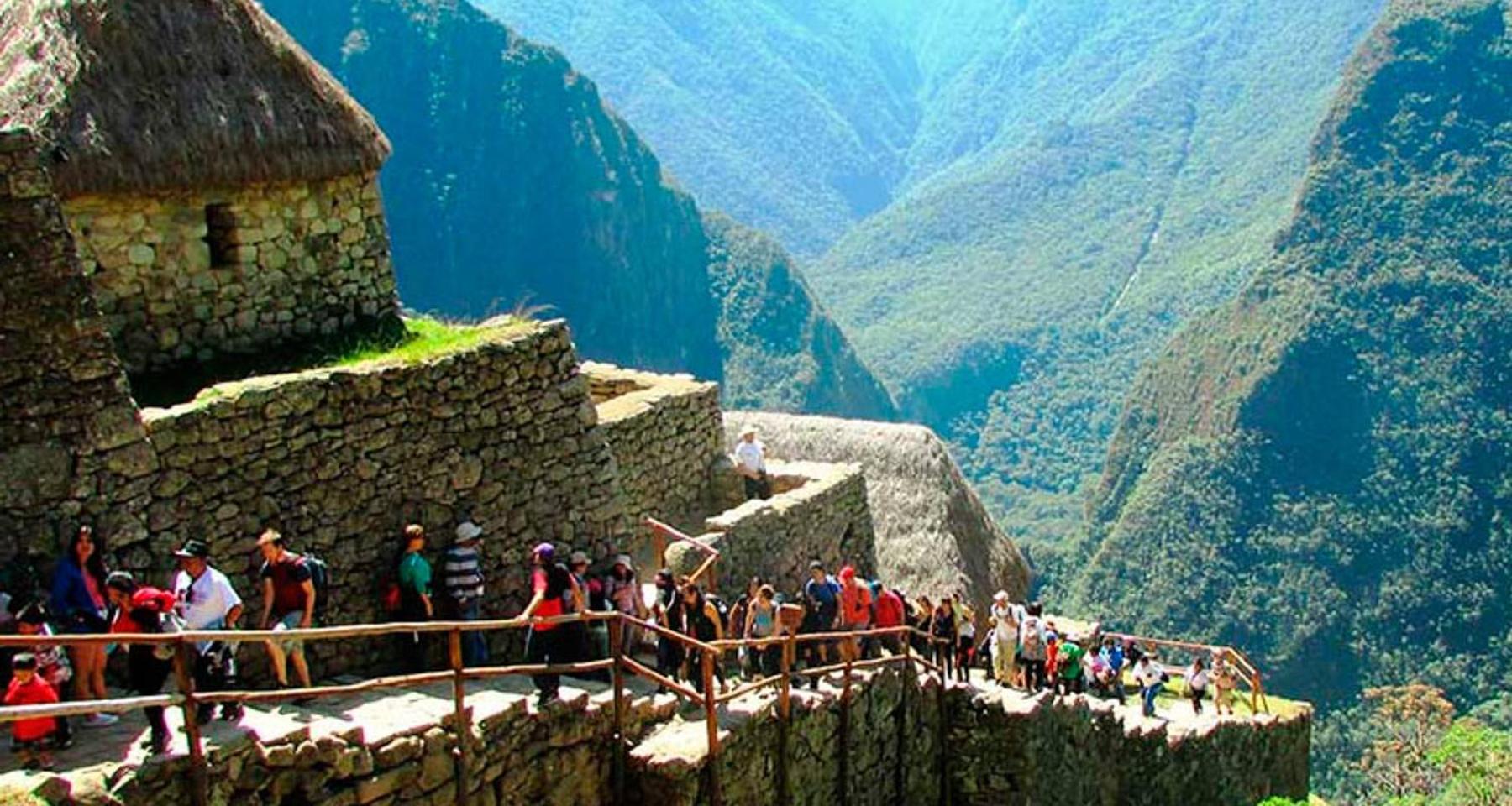
In Peru, in both the Andes around Cusco and Machu Picchu, and in the Amazon rainforest, the rainy season occurs during the southern hemisphere’s summer months. The driest months in the mountains and the jungle tend to last from April to October. The rainy season usually lasts from November to the end of March, with the rainiest months being January and February*.
While in the Amazon jungle it is hot and humid throughout the year, in the Andes, because the dry season falls in the southern winter months, many people travel to Peru in June, July or August, which are the summer months in the northern hemisphere, and when Cusco, Machu Picchu and the Inca Trail experience dry weather.
The rainy season can be the best time to visit Peru
However, a Peru trip in the low season, between October and March, also has many advantages. For those who plan a jungle tour as part of their Peru vacation, the rainier months are excellent for wildlife spotting, with many species of monkeys and birds particularly active, as they eat the fruit produced by rainforest trees.
And in Cusco and Machu Picchu, those months when there are fewer tourists make it easy to book accommodation, Machu Picchu and Inca Trail entrance tickets, and other popular activities in Peru, whereas in the high season it can be hard, for example, to find Inca Trail availability.

If you plan to travel to Peru during the low season months, it’s important to remember that it doesn’t rain all day, every day! Showers come and go, usually lasting from a few minutes to maybe an hour or two, and there is plenty of sunshine! But if you plan to visit us at this time of year, we recommend the following:
(*When you book your Peru trip, remember that the Inca Trail closes in February for maintenance.)

 23 November 2024
23 November 2024
 15 November 2024
15 November 2024
 08 November 2024
08 November 2024
 24 May 2023
24 May 2023